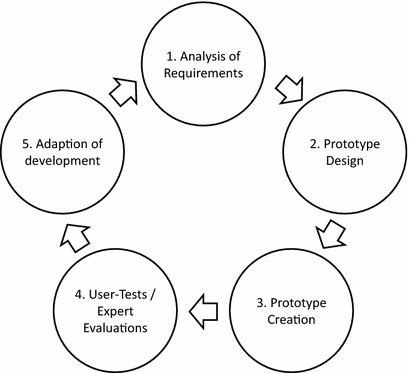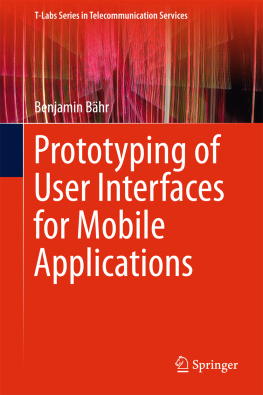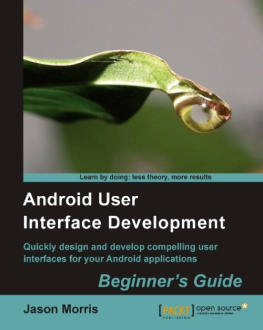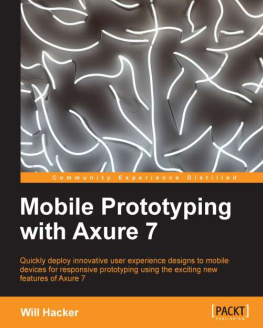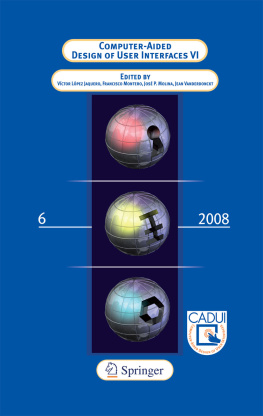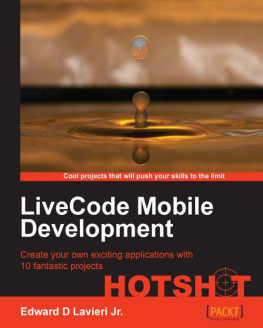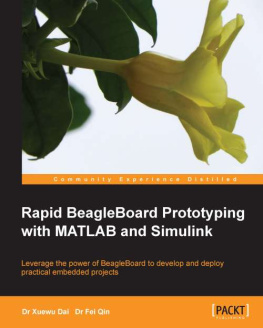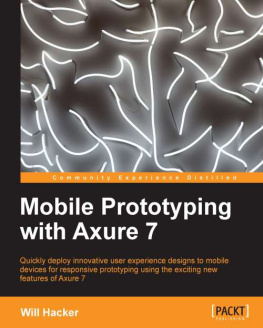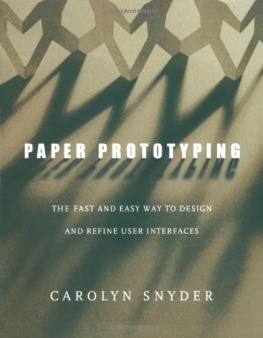1. Introduction
Since the release of the first iPhone in 2007, mobile devices like smartphones and tablets are booming. In 2014 sales of smartphones worldwide topped 1.2 billion units, which was almost 30% higher than 2013. This means that in average about every 6th human being on the planet bought a new device in the last year.
Smartphones give their users the opportunity to install additional software with apps, which can be comfortably downloaded from centralized app markets. The most popular of these markets, the iTunes Store that provides apps for Apples iOS devices, was introduced in 2008. Seven years later, by June 25th 2015, the total number of app downloads from the iTunes Store alone passed the number 100 billion.
Without a doubt, app development rapidly became a relevant field in the business of software development. In comparison to software for the mobile use, desktop software tends to offer holistic solutions in big software packages. Mobiles apps are mostly very small pieces of software that are targeted to solve a specific task. The main reason for this lies in different usage of both types of software: desktop software is typically used for a longer period of time to fulfill complex work, whereas mobile software is mostly used in between the daily routines as a service or to quickly gather a certain piece of information.
For the reason of mobile apps being comparably short in their range of functionality, they are usually developed in rather small teams, most often employed by smaller companies. Due to a shortage of a number of resources, especially in time and money, these groups work under a lot of pressure to come up with the killer app idea: the app providing the service everyone is looking for, in a spectacular design, and at exactly the right time. Bright shine the shooting-star-success-stories of the Instagrams, Evernotes, or WhatsApps in the sky. However, most app development projects fail. For small startup companies this means a failure of the whole business.
To develop high quality apps it is necessary to test them with users as early and as often as possible. Of key importance in this context is the user-interface, which builds the center of interaction between the application and its user. With tests, design decisions can be evaluated and wrong decisions become apparent at a stage early enough to be still corrected in the further development. As Szekely [145] melts it down in a concise advice: Build an initial version of the interface, and then test it with users and revise it as many times as you have money and time for (p. 76).
The quote in the previous paragraph originates from 1994. This underlines that the necessity to conduct user tests in software development projects is not new. In fact, it is much older than the history of mobile app development itself. The previous two decades of experience with graphical user interface design provides a new generation of mobile app developers with a profound knowledge base on processes and tools for a user driven software development.
One of such process models is the Usability Engineering Lifecycle, introduced by Nielsen [107]. The concept propagates a product development in form of an iterative refinement, driven by repeated user tests of design ideas with prototypes.
The Usability Engineering Lifecycle, as displayed in Fig. , is divided into five phases that are processed sequentially. At the end of the fifth stage, the process is repeated in a new iteration.
Fig. 1.1
Usability engineering lifecycle
A cycle is initiated with the requirements analysis of the current product state, and the planning of the iteration cycle lying ahead. Followed by that, a prototype is designed that addresses the identified requirements, in other words, asks the question about the current product state that are currently most relevant. Now, the prototype is created and prepared for the testing. Tests can be done in form of expert evaluations, where domain experts provide feedback about the interface implementation with specific heuristics. Or the prototype is evaluated in a user-test, where test users are asked to try out the prototype to generate subjective or objective usage feedback. The generated feedback is now analyzed and consequences for the further development are drawn and implemented in the prototype. In the next step, a new iteration is started and the process is repeated for a newly developed prototype.
The Usability Engineering Lifecycle underlines the importance of prototypes for the user-centered design of software products. However, its applicability depends on the existence of prototyping tools that allow for a quick design and implementation of prototypes. Without tools that allow the implementation of prototypes with a reasonable low effort, the Usability Engineering Lifecycle cannot be sufficiently applied.
In later product phases, prototypes are usually created with the same tools that are also used to develop the final product version. However, for earlier design stages, these tools are too complex and slow. Here principle design decisions are made, which makes it highly advisable to produce quick prototypes to validate those ideas. This need is addressed by prototyping tools, which are designed to ease and accelerate the design and creation of testable prototypes.
Especially in early design stages, where principle design decisions are made, prototyping tools should be able to integrate all relevant persons into the prototyping process. This includes interdisciplinary teams of designers, programmers, project managers, and others. For the field of designing conventional software user interfaces for the stationary use, prototyping approaches like the paper-based prototyping are well established, which can be applied in earliest ideation phases already to leverage a creative group work on an evolving interface idea. As e.g. S et al. point out in [127] and [125], the transformation of such concepts to a prototyping tool that addresses the specific challenges of mobile app development is not yet sufficiently solved.
This research aims to gain a better understanding about how prototyping systems can improve the development of mobile applications. It aims to describe, which aspects of prototyping tools are most relevant for practitioners, and how such aspects might change in different development stages. Furthermore, it identifies a demand for improved prototyping systems in early development stages. It discusses a new approach that was conceived, implemented and tested by the author: The approach of Blended Prototyping.
This work is structured as follows: It starts with the description of the current state of prototyping, both in general and specifically with regard to the prototyping of mobile applications (Chap. : Comparative Evaluation of the Blended Prototyping approach). In the final and sixth chapter conclusions on the results of my research are drawn, its contributions for research and practice are summarized, and further steps and extensions I imagine for the Blended Prototyping approach are outlined.
Footnotes
http://www.usatoday.com/story/tech/2015/03/03/apple-samsung-smartphones/24320385/ (last accessed 11th April 2016).
